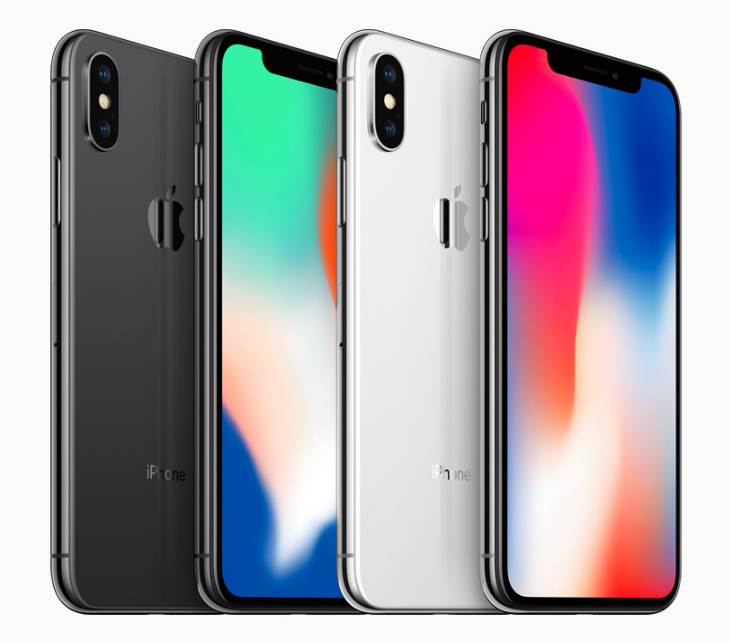Apple Says iPhone X With Face ID Was Intended For 2018 Release

People might have had to wait a whole year for the iPhone X -- if Apple had stuck to its original plan. Executives of the Cupertino company revealed in an interview with Mashable Apple had initially intended to release the new iPhone X next year.
Dan Riccio, Apple’s SVP of hardware engineering, said the iPhone X with facial recognition technology and edge-to-edge OLED was supposed to release next year, but “with a lot of hard work, talent, grit, and determination” the company was able to offer the device to consumers this fall.
It was also a risky move, since Apple was on a tight deadline.
“We all knew where we were going,” said Craig Federighi, Apple SVP of software engineering, “but there were a dozen things we knew we had to solve, and any one of them could have failed to come together.”
The compressed timeframe also meant Apple didn’t have much time to second guess or make last minute changes. That contradicts reports before the iPhone X reveal that suggested Apple was struggling to decide whether they should ditch the Touch ID or to move it to the rear of the device.
“We spent no time looking at [putting] fingerprints on the back or through the glass or on the side,” Riccio said.
He then added:
“As far as last-minute design changes? Actually, we didn’t have time for it. […] Quite frankly, this program was on such a fast track to be offered [and] enabled this year. We had to lock [the design] very, very early. We actually locked the design, to let you know, in November.”
While Apple seems to have quickly decided to release the iPhone X with the Face ID feature this year instead of 2018, the groundwork for the technology found in the 10th anniversary iPhone began years ago. In 2014, Apple decided to include a neural engine inside what would later become the A11 Bionic CPU. That allows the device to support augmented reality and facial-recognition technology.
“At the time, we didn’t know exactly what we’d use it for, but because silicon takes a lot of time in the oven, we knew we had to include it back then,” Riccio said in the interview.
As for the edge-to-edge OLED screen, the foundation was put in 2007 when the first iPhone was revealed a decade ago.
“It’s been a dream we’ve had since iPhone 1,” said Apple SVP of worldwide marketing Phil Schiller. “We’ve had a dream since Day One to make it all screen, edge to edge.”
Besides revealing how the iPhone X came to be, Apple executives gave some more details about the Face ID. The iPhone X continuously check if someone is looking at the phone. That means users don’t have to tap on the screen dims while they’re reading something, since the iPhone X checks if the person is looking at the display. The device does these checks approximately every 30 seconds.
The iPhone X is currently available for pre-order. The smartphone will be offered to walk-in customers at Apple Stores on Nov. 3 at 8 a.m. local times.
© Copyright IBTimes 2024. All rights reserved.





















